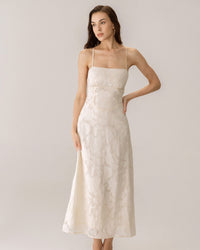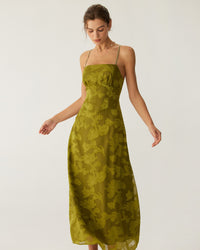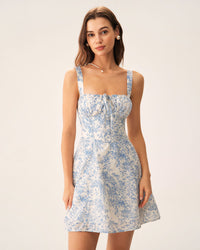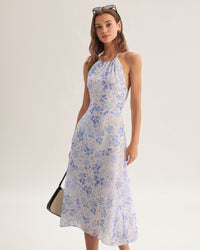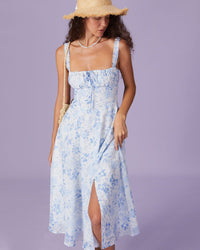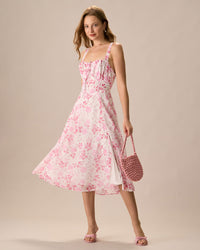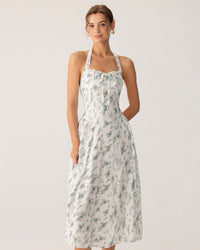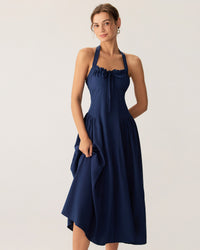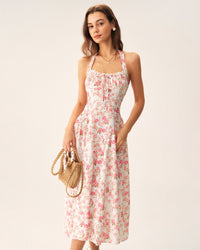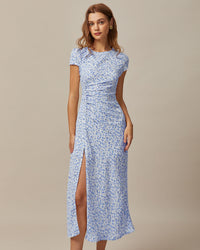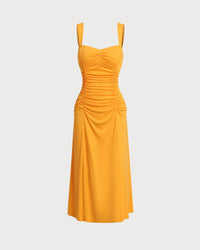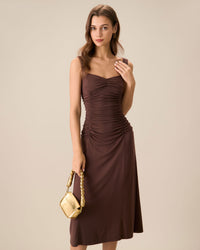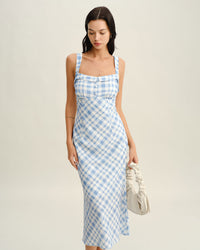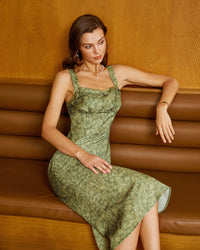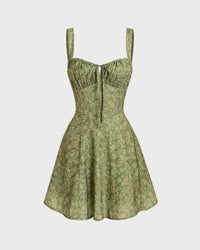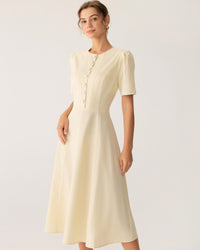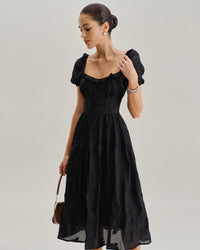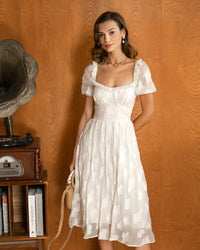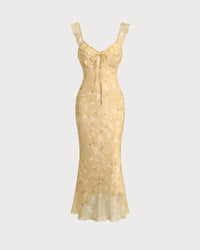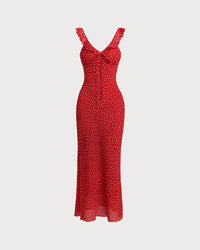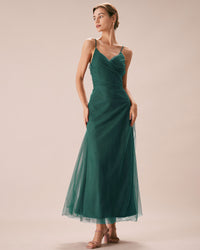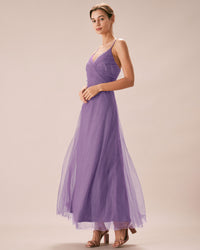Ruched Dresses
Ruched Dresses
If you're looking at ruched dresses and wondering why they show up in so many silhouettes, it's not a trend — it's function dressed as detail.
Ruching, in its best use, isn’t decoration. It’s intentional shaping. It changes how fabric behaves: pulling, stretching, softening, tightening — exactly where needed. That’s why it’s common across both minimalistic slips and dramatic evening gowns. It’s not aesthetic first, it’s structural first — and that’s why it works.
Let’s start with placement. Ruched waists serve a simple purpose: they draw the eye inward. Whether the dress is made of stretch jersey or satin, gathered fabric along the waist suggests shape even if the body underneath doesn’t conform to standard proportions. This is why so many women — especially with midsection concerns — trust ruched cuts. It's one of the most natural, non-restrictive ways to create visual balance.
Then there’s ruching across the bust or hips. It adds curve or ease, depending on intent. A fitted bodycon might use it to build volume; a draped midi might use it to distribute tension. That’s why ruched gowns can flatter both very curvy and very lean frames — it’s not about size, it’s about control over silhouette.
Material choice is critical. A ruched satin dress offers sleek shine with structural hold — ideal for cocktail settings. Mesh and jersey molds to the body and amplifies stretch-based ruching. Velvet carries volume, while crepe holds folds with restraint. The feel will change dramatically depending on fabric tension and weight.
And not all ruching is equal. There’s center-front ruching that shapes the torso, side ruching that sculpts the hips, full-body ruching that hugs everything like a glove — or just a subtle gathered panel that adds interest without demanding attention. You’re not just choosing a color or hemline. You’re choosing a language of fit.
This is also one of the few dress constructions that genuinely suits a wide range of age groups and body types — not because it “hides,” but because it gives. It builds flexibility into structure. A ruched dress doesn’t assume the wearer must conform to the cut — the cut adjusts subtly to the body. That's what makes it powerful.
Wedding guests often gravitate toward ruched one-shoulder gowns or draped midis with gathered bodices — they’re flattering in photos, comfortable for hours, and avoid the stiffness of boned dresses. Meanwhile, ruched shirt dresses in cotton-poplin or crepe work for women who want shape at the office without looking “tight.” It’s not about showing the body — it’s about shaping the fabric so it works with it.
And most of all: ruching isn't loud. It’s quiet tailoring. That’s what makes it last.




